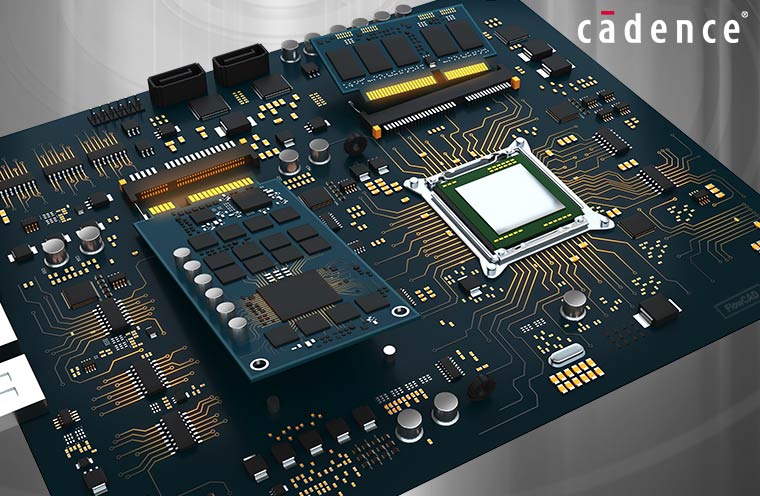The importer supports OrCAD.max PCB files, but I understand that format is no longer used with OrCAD 16.x and OrCAD 17.x. Both generate.brd PCB files with either the reduced or full versions of the Allegro PCB Editor. The Altium Designer documentation states it supports importing Allegro.brd and.alg PCB files. The attachment are the PADS files that needed for Translate the Allegro brd file to PADS PCB file', the translate steps is also included, please use these files to generate the transfer files and send to me, anyone who have Allegro would like to help on this is also apprecia7268.AllegroToPADS.zipted. Allegro PCB Design Tutorial What are Gerber files Gerber files open ASCI format files generated by PCB designers and submitted to manufacturers. It provides information regarding printed circuit boards which is useful in manufacturing process.
The manufacture of your board depends upon you supplying complete and accurate information in your PCB design file. Learn about the essentials for PCB design files. Although, being challenged as the Printed Circuit Board file standard Gerber files are still the most used format. Learn about the advantages and disadvantages of Gerber files.
Allegro PCB Design Tutorial
What are Gerber files
Gerber files open ASCI format files generated by PCB designers and submitted to manufacturers. It provides information regarding printed circuit boards which is useful in manufacturing process. It describes the board in terms of images ,layers, outlines, positions, holes etc There are two types of Gerber formats • RS-274X • RS-274-D RS-274X is current format and commonly used format while RS-274-D is an older format and not currently used.
Files are zipped and sent to manufactures and manufacturer prepares data accordingly for manufacturing process. Gerber contains the following .art files. We generate .art files for all layers
• Assembly top and bottom
• Silkscreen top and bottom
• Solder mask top and bottom
• Copper layer top and bottom
It also contains the following files
• .drl and .rou file
• X-Y Coordinate file
• IPC356 netlist file
• Assembly drawing pdf
• Drill drawing pdf
Now lets understand the information provided by these files. You have to generate .art file each layer. Assembly top and bottom file provides information regarding physical casing of components and usefull in pick and place of components.Silkscreen .art file is useful in mounting component and identifying components.
Solder mask .art file provide information regarding solder mask which is a protective layer. Similarly copper layer is conductive layer. There are typically many holes on PCB which is needed to be drilled for through hole components, the .drl and .rou file provides drilling information. You can generate .drl and .rou through NC drill Net names and pins can be extracted from IPC356 file. X-Y cordinatefile is helpful in identifying components and positions as other files contains lines and pads.
Gerber Files generation
Finally we are ready to generate artwork or gerber files that we can submit to PCB vendors.
Go to Display -> Visibility on the PCB Editor Main Window. Select Global Visibility to All Invisible, an option on the top-right of the pop-up window that opens. Then select Group -> Geometry on the top-left, and turn on Board Geometry -> Outline. Click OK.
Go to Manufacture -> Artwork. Artwork Control Form opens. On the bottom, click on Apertures, then Edit, then Auto -> Without Rotation. Click on OK and go back to the Artwork Control Form.

Under General Parameters tab, select the output format (generally, Gerber RS274X ). If you got any errors about precision, set the appropriate values under Format.
Right click on the Available Films Window and select Add. Name the new film as BoardOutline. Click on OK.
Go to Display -> Visibility and turn off all layers except Soldermask_Top. Go to Manufacture -> Artwork and create a film layer with that name, similar to what you did for BoardOutline. Repeat the steps for Soldermask_Bottom, Silkscreen_Top and Silkscreen_Bottom.
On the right side of the Artwork Control Form, set undefined line width to 10 mils for all film layers. For negative layers (Vdd and Gnd), set the Plot mode to Positive.
Select all Positive layers, and click on Create Artwork. Click on Viewlog to see if there are any errors or warnings, correct them if there are any. Repeat the same for all negative layers.
Close the Artwork Control Form and go to Manufacture -> NC -> NC Drill. Set the Scale Factor to 1, unselect all options (including Repeat Codes), and click on Drill. See the Viewlog for any errors/warnings.


At the end of this step, you have created all the necessary files for manufacturing (.art files and .drl file). You can find them under a directory similar to /worklib/design_name/physical. To be sure, create a new board in PCB Editor window and import all artwork layers from File -> Import -> Artwork and check if they look good.

Submit the files to the manufacturer.
In the next few pages, we have presented some tips and tricks that are will almost always benefit you. Make sure you go through these.
Allegro Pcb Viewer Free Download
How To Open .pcb File In Allegro
